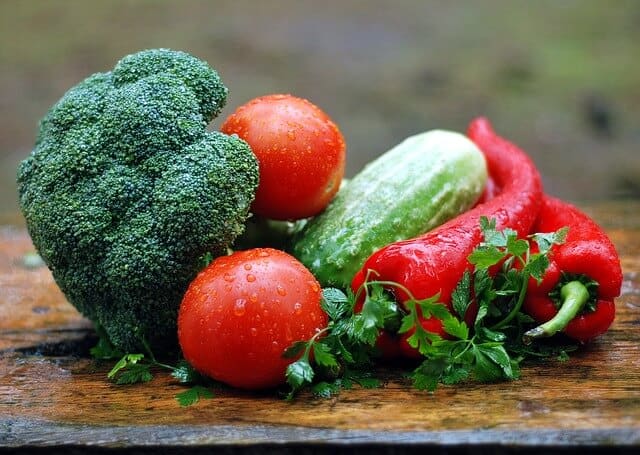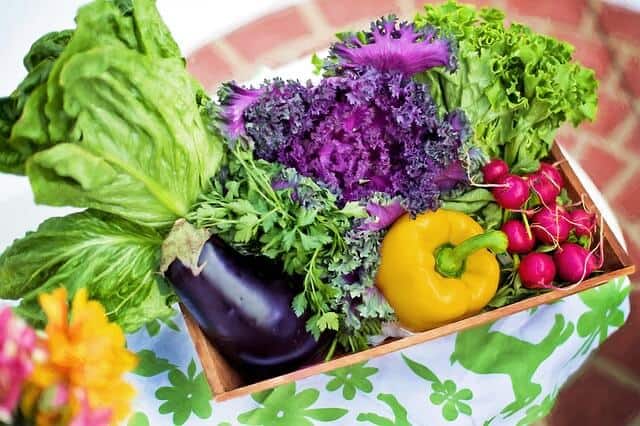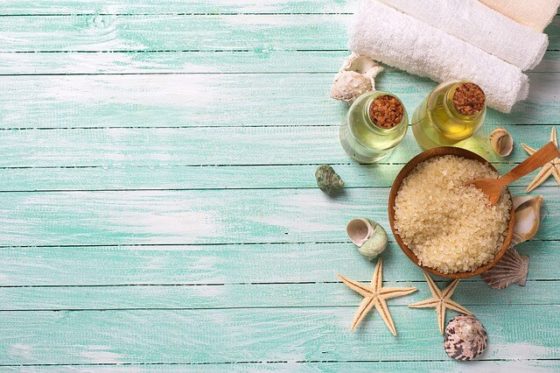What does it mean to Eat Clean?
Eat clean.
We have all heard about eating clean. That term has been everywhere lately. But, what does it mean?
Generally, eating clean means that you are eating real food, nothing processed. At its best, it means that the food you are consuming is fresh, organic, and non-GMO.
Seem overwhelming? Wonder how you are going to pull that off?
While that can be the overall goal, there is a lot you can do with every day choices to come closer to that ideal.
Everything here is dedicated to helping you be the best you can be. Being aware and empowered.
That includes your fuel.
In this post, we are going to look at some simple tips for helping you eat clean.
Why should you care about eating clean?
Think of your food as fuel. Getting the best fuel and most nutrition is the key idea.
No one expects machines to run with inferior fuel, and humans are no different. You have stuff to do, and you need to be “on” every day.
Of course, there is an added expense to eat clean. But think of this as an investment in yourself.
Eat clean = investment in you.
You have probably heard the saying that you will spend the money somewhere – either on good quality food or on illness. Makes the choice seem so much simpler, doesn’t it?
Paying attention to your food is a great place to begin your journey to eat clean.
I am a big fan of the food tracker. Keep a food journal for a week to track what you consume.
Write it all down. Have a look at it after those 7 days and see what jumps out at you.
Is there a lot of soda on that list? A lot of junk food? a lot of restaurant food? Of did you eat fresh foods for the majority of the time with just a few items that weren’t so clean?
Because of the high number of food-like products, being an eater is more complicated than ever.
These tips will help simplify things a bit.
The Journey to Eat Clean: Points to consider
Not everything with clean eating is black and white.
While some foods easily fit into the clean category, others fall into a gray area. This is where it gets a little tricky.
Look at the choices like a sliding scale.
Homegrown organic vegetables would be a top choice followed by buying certified organic from a local farmer’s market or CSA (Community Supported Agriculture).
Buying certified organic produce at a grocery store would be next down the scale, followed by vegetables that are not organic.
Same with meats. Buying local grass-fed beef, without any hormones or antibiotics, would be a top choice, with buying feed lot/factory farmed beef as a last choice.
Knowing where your food comes from and what happens to it before you eat it is a hugely important consideration in clean eating.
All of this applies to beverages too. Water is a simple choice. Look for organic, sustainably grown and fair trade coffee and tea. Sparkling mineral water can replace soda. You might also like making your own flavored waters, using herbs (like lemon balm or mint for example) or fruits (like lemon or lime).
Cost is always a factor, so using the Environmental Working Group‘s “Clean 15” and the “Dirty Dozen” can be a good place to begin when deciding which foods to buy organically grown and which to buy conventionally grown. The “Clean 15” are the least contaminated while the “Dirty Dozen” rate as the worst contaminated.
The “Dirty Dozen” are:
- strawberries
- spinach
- nectarines
- apples
- peaches
- grapes
- cherries
- pears
- tomatoes
- celery
- potatoes
- sweet bell peppers
- hot peppers
*There is now a recommendation from EWG to buy organic sweet corn, papaya and summer squash to avoid the genetically modified varieties.

The “Clean 15” are:
- avocado
- sweet corn* (see note above about corn)
- pineapples
- cabbages
- onions
- frozen sweet peas
- papayas*
- mangoes
- asparagus
- eggplants
- honeydew melons
- kiwis
- cantaloupes
- cauliflower
- broccoli
For additional information about the Clean 15 and the Dirty Dozen, including statistics about the level of contamination found in each type, visit ewg.org

Foods with Labels
If you are eating any product with a food label, read that label carefully and look up any ingredient that you cannot identify.
Read every label, every time, since product ingredients do not always remain the same.
The reason for the changes is that often food manufacturers do not use a standard recipe, instead using whatever ingredients are cheapest and available. That means batches will vary. So read the labels. Better still, buy food that doesn’t require a label.
Plus, there are often ingredients you would not expect. For example, there is often soy in canned tuna.
If there are more than 5 ingredients, you might just want to pass on that item. (Remember to go with food, not food-like products.)
Same is true for anything that is labeled as reduced fat. There may be less fat, but there is possibly just more chemicals added to make the product palatable.
Real foods do not need an ingredient label.
The Wrap Up – Eat Clean
Making cleaner food choices can begin with just a few simple tweaks.
It’s a great place to begin.
It doesn’t have to be perfect.
Progress, not perfection is always the goal.
Eating well with clean, high quality foods is just one of the things embraced here. You can’t be at your best or achieve your best if you’re poorly fueled.
That’s really the whole reason to eat clean.
Well that and it’s good for the planet, which is always a priority around here.
See you next time!
Blessed Be.
Before you go…
Come walk the path with me.
If this post stirred something awake in you, you’ll love what I share in my emails.
Each week, I send notes from the wild edges of Ravynwood—filled with seasonal rituals, earth-based reflections, and magickal tools to support your solitary practice.
✨ You’ll also get access to my free guide: 5 Nature Rituals to Reconnect You to the Sacred.
➡️ Click here to subscribe and begin your journey back to living your magick every day!
Want to clean up your personal care too? Read this post for a few tips.
Note: The above are just a few points to bring awareness to the issues surrounding food today.
If you have a medical condition, please remember to always check with your doctor before making any changes to your diet. This information is provided to inspire you to think about what you are consuming, not as medical advice.


